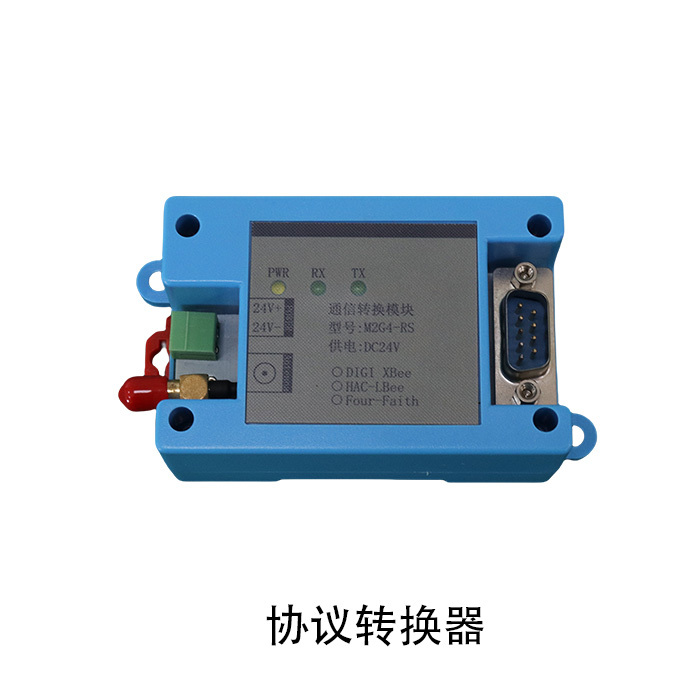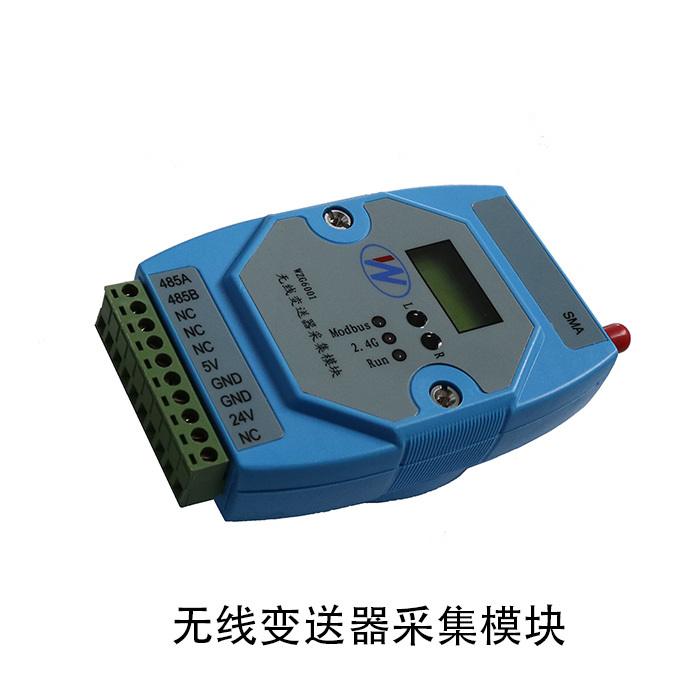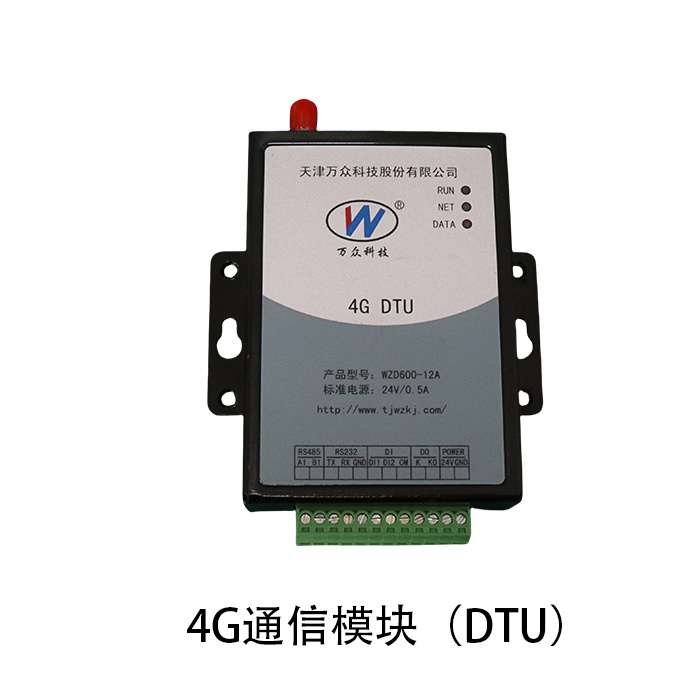Contact Us
Market Advisory Services:
Professional and technical services:
Product after-sales service:
Vibration sensor
Classification:
Key words:
Vibration sensor
hiddenValue
Product Details
Vibration sensors detect the vibrations of objects. They are widely used in industrial production to help managers promptly identify potential malfunctions such as loose screws and aging components, allowing for necessary preventative measures to ensure stable operation and a longer lifespan for equipment. They convert mechanical vibrations into electrical signals for easy analysis and processing. By monitoring and analyzing equipment vibration signals, vibration sensors can provide information on equipment operating status, helping to promptly detect and prevent malfunctions, ensuring production safety and improving equipment lifespan.
(1) Measurement Range: 0-1000Hz;
(2) Sensitivity: 100 mV/g;
(3) Frequency Response: 0.5Hz to 5kHz;
(4) Operating Temperature: -40°C to +85°C;
(5) Supply Voltage: 5VDC;
(6) Output Signal: Wired communication uses 4~20mA, RS-485; Wireless communication supports ZigBee, LoRa, 4G, NB-IOT, WIA-PA, and other communication protocols.
Previous Page
Next Page
Related Products
Product Consulting











